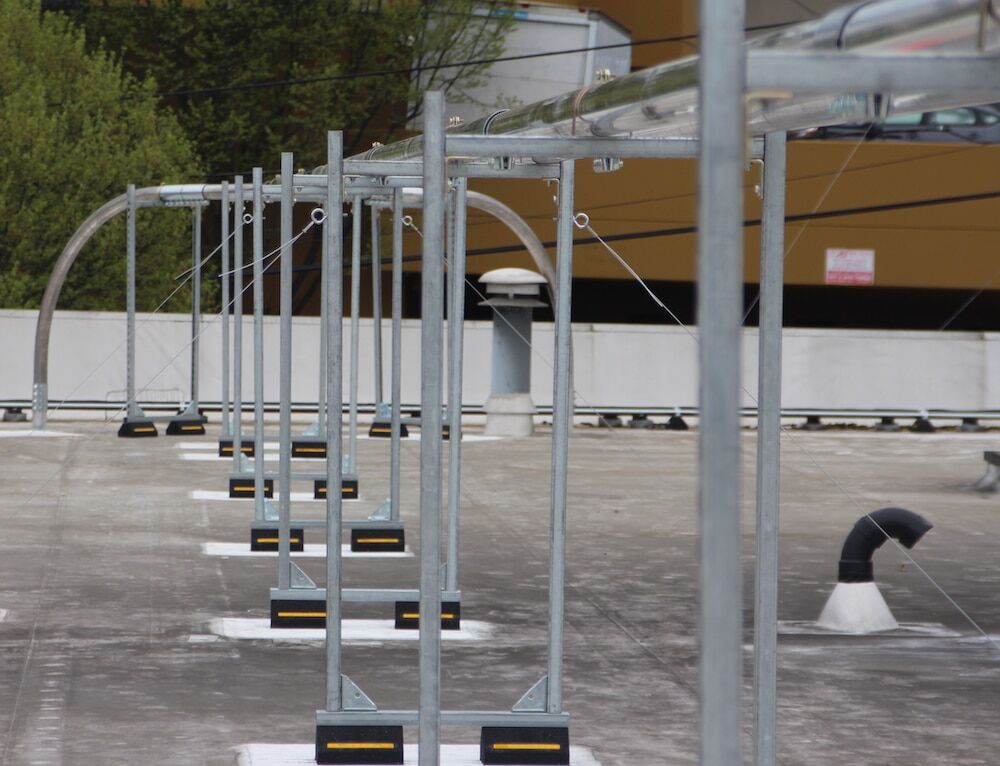Dense Phase vs Dilute Phase Pneumatic Systems
Pneumatic conveying systems use combination through a pipeline to transport bulk materials such as powders, granules, and pellets. Depending on the application, two types of pneumatic conveying systems are commonly used: dense phase and dilute phase. This article explains the difference.
Dense phase pneumatic conveying systems
Dense phase pneumatic conveying systems are designed to move materials at a low velocity with a high pressure differential. This results in a highly concentrated material flow that moves in a batch-like manner. The material is typically moved in slugs or plugs, which are separated by pockets of air. Dense phase conveying systems are suitable for transporting cohesive and abrasive materials, as they minimize material degradation and segregation.
Dense phase conveying systems can be further classified into two sub-types: low-pressure and high-pressure systems.
Low-pressure dense phase conveying systems use air pressure of less than 15 psi to move materials. These systems are used for highly cohesive materials, since they prevent the material from becoming airborne and sticking to the walls of the pipeline.
High-pressure dense phase conveying systems, on the other hand, use air pressure of up to around 100 psi to move materials. These systems are typically used for highly abrasive materials, as they minimize material degradation and wear and tear on the pipeline.
Dilute phase pneumatic conveying systems
Dilute phase pneumatic conveying systems are designed to move materials at a high velocity with a low pressure differential. This results in a highly dispersed material flow that moves continuously through the pipeline. The material is typically moved in a fluidized state, where the particles are suspended in the air stream. Dilute phase conveying systems are more appropriately used for non-cohesive and free-flowing materials, as material buildup and blockages are not a significant risk.
Dilute phase conveying systems can be further classified into three sub-types: positive pressure, vacuum, and combination systems.
Positive pressure dilute phase conveying systems use air pressure to move materials from a storage vessel to the receiving vessel. These systems are suitable for transporting materials over a short distance and at a low flow rate.
Vacuum dilute phase conveying systems use a vacuum pump to move materials from a storage vessel to the receiving vessel. These systems are typically used for materials traveling long distances at high flow-rates.
Combination dilute phase conveying systems use a combination of positive pressure and vacuum to move materials. These systems are better for moderate distance and at a moderate flow rate.
Comparing the two
The main difference between dense phase and dilute phase pneumatic conveying systems is the velocity and pressure differential used to move materials. Dense phase systems use a low velocity with a high pressure differential to move materials in a batch-like manner, while dilute phase systems use a high velocity with a low pressure differential to move materials in a continuous manner.
Material types
Dense phase conveying systems are ideal for transporting cohesive and abrasive materials over short to moderate distances, while dilute phase conveying systems are suitable for transporting non-cohesive and free-flowing materials over long distances.
Efficiency
In terms of energy consumption, dense phase conveying systems require more energy to operate than dilute phase conveying systems. This is because dense phase systems use a higher pressure differential to move materials, which requires more energy to generate.
However, in terms of overall cost, dense phase conveying systems are generally more efficient than dilute phase conveying systems because dense phase systems minimize material degradation and segregation, resulting in a higher material yield.
Hybrids
Some applications may require a hybrid system that combines both dense and dilute phase conveying. In these cases, a combination of positive pressure and vacuum can be used to move materials over a moderate distance at a moderate flow rate.
In summary, dense phase systems are more suitable for cohesive and abrasive materials over short to moderate distances, while dilute phase systems are better for non-cohesive and free-flowing materials over long distances. Understanding the differences between these systems can help industries select the most efficient and cost-effective conveying system for their specific application.
To learn more about pneumatics or to get your project quoted, give us a call or fill out the form below. We design, integrate, and service all kinds of pneumatic systems.
